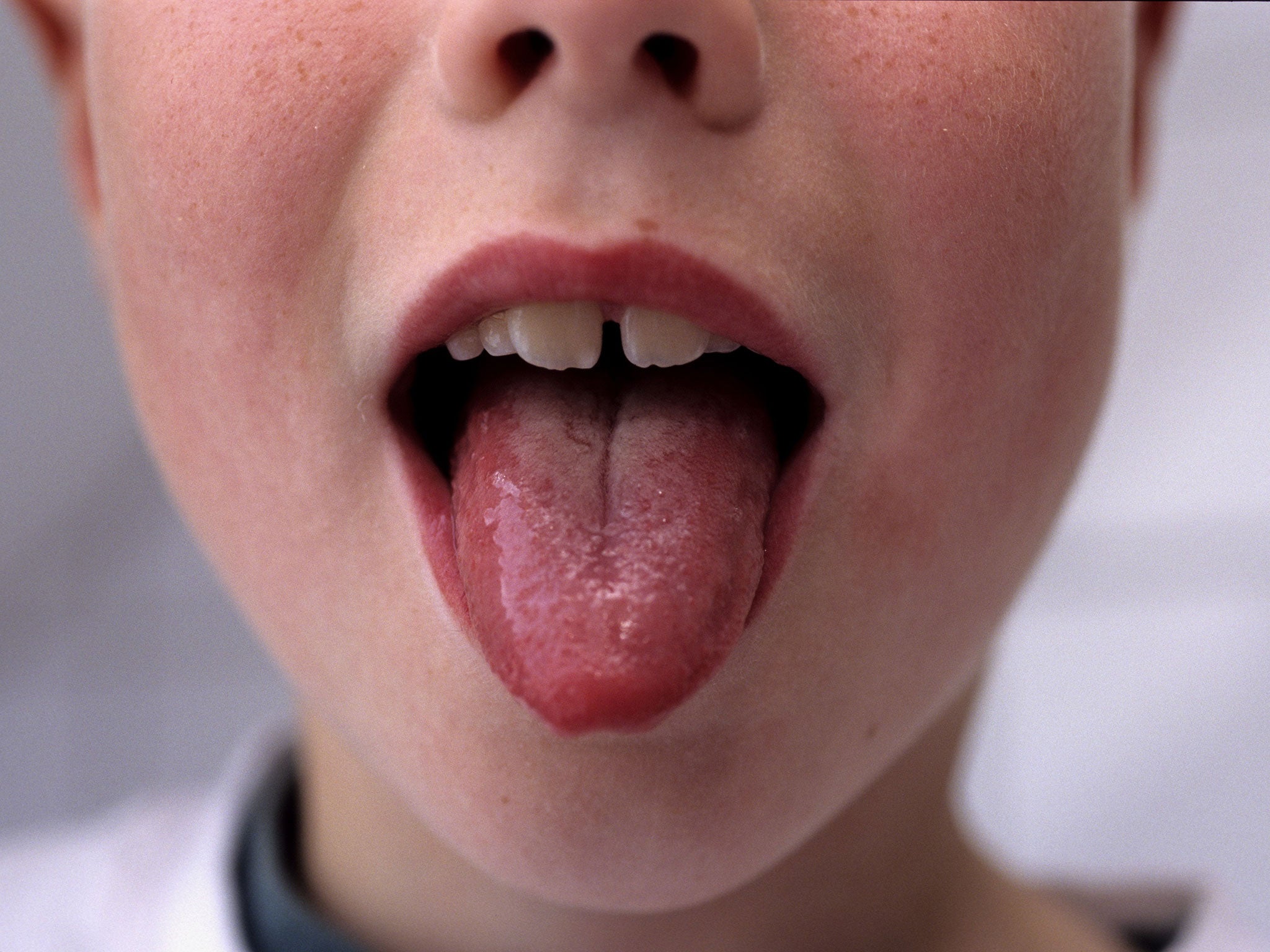Scarlet fever outbreak fears: What are the symptoms, what treatment is available and how is it spread?
Cases of scarlet fever have risen recently

Your support helps us to tell the story
From reproductive rights to climate change to Big Tech, The Independent is on the ground when the story is developing. Whether it's investigating the financials of Elon Musk's pro-Trump PAC or producing our latest documentary, 'The A Word', which shines a light on the American women fighting for reproductive rights, we know how important it is to parse out the facts from the messaging.
At such a critical moment in US history, we need reporters on the ground. Your donation allows us to keep sending journalists to speak to both sides of the story.
The Independent is trusted by Americans across the entire political spectrum. And unlike many other quality news outlets, we choose not to lock Americans out of our reporting and analysis with paywalls. We believe quality journalism should be available to everyone, paid for by those who can afford it.
Your support makes all the difference.A spike in scarlet fever cases in the south of England has raised fears that it could signal an outbreak in the UK.
Authorities in Surrey have recorded 33 suspected cases of the bacterial illness in the past four weeks: 43.5 per cent higher than during the same time last year, The Mirror reported.
The condition has also been reported in a school near Brighton, East Sussex, prompting officials to carry out a deep clean of the institution, The Argus local newspaper reported.
In recent years there has been a “significant” rise in outbreaks, but the cause is unknown according to the NHS website.
What is scarlet fever?
A bacterial illness, scarlet fever is caused by Streptococcus pyogenes, or group A streptococcus, which live on the skin and in the throat, according to the NHS.
In general, it strikes after a sore throat or skin infections such as impetigo.
What are the symptoms?
Scarlet fever can cause a temperature of above 38.3 degrees, as well as a sore throat and a headache. Flushed cheeks and a swollen tongue are also signs.
A pink rash which feels like sandpaper will appear on the chest or stomach after one or two days. It can then spread to other past of the body.
The illness has an incubation period that can last from one to seven days after a person is infected.
Who is most at risk?
80 per cent of scarlet fever cases are seen in children under 10-years-old because their immune systems are not yet developed, but anyone can catch it. But it is rare to catch it more than once.
How is it spread?
Scarlet fever is an airborne illness, which can be caught by inhaling bacteria spread by coughs and sneezes. Touching skin infected with impetigo as well as sharing bed sheets, clothes, towels and baths can pass scarlet fever on.
What should I do if I or someone I’m caring for has the symptoms?
Your GP will be able to treat you or your child for scarlet fever. While scarlet fever used to be serious, it can now be easily treated with antibiotics.
To stop the bacteria from spreading, adults should stay off work and children should be kept away from school or nursery for 24 hours after they start their course of antibiotics.
However, meningitis - a bacterial illness which can be fatal if not treated immediately - has similar symptoms, and parents should take action.
Dr Ivan Ratnayake of the Ashley Centre Surgery in Epsom, Surrey, told The Mirror that parents who identify the symptoms of scarlet fever should visit the doctor.
“I wouldn't even discourage them to go to the hospital if they can't be seen by a GP immediately - you want to get your child looked at as soon as possible,” she said.
The Independent has contacted Public Health England for a statement on the potential of a scarlet fever outbreak.
Join our commenting forum
Join thought-provoking conversations, follow other Independent readers and see their replies
Comments